Dead Space Remake Review
Xbox Series X|S
Dead Space Remake is undoubtedly the most refined and improved version of one of the most terrifying games ever created.
Reviewed by Rayan on Jan 29, 2023
Sci-Fi survival horror games have been controversial all through the growth of this genre. There have been several efforts to bring something new and exciting to the table that are just rehashes of the same feeling that one particular title gave players in 2008, Dead Space.
There was no need to improve upon the first Dead Space since it was already a flawless game. Directed by Glen Schofield and published in 2008, it predates his work on The Callisto Protocol by a long shot.
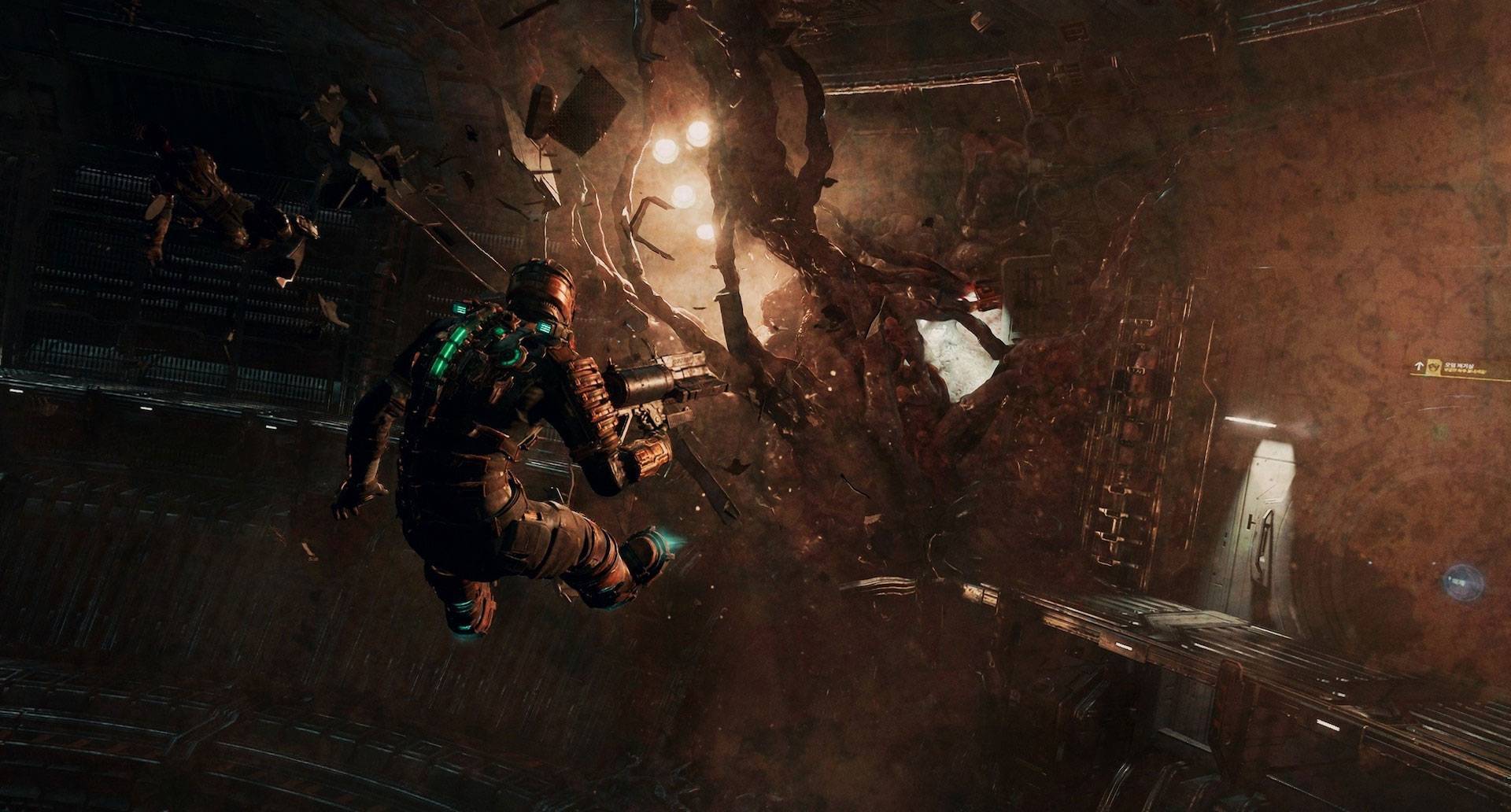
Yet, after a long hiatus, EA has brought back the deadly Necromorphs in the Dead Space Remake that improves upon and updates many features of the original game.
Remaking, remastering, or otherwise altering a masterpiece of the past will always present a dilemma. And for Electronic Arts and Motive Studio, the challenge was whether they could successfully regain an iconic franchise from hiatus.
Dead Space, formerly developed by Visceral Games, has since been lost in a sea of unmemorable projects after the 2013 Dead Space 3 release. So, there have always been doubts about whether to send Isaac Clarke back to the home he abandoned and restore it to its former glory.
Thankfully, he does. This new and improved version of Dead Space is a proper remake in every sense of the word and is universally hailed as a groundbreaking adventure.
From the narrative to the gameplay mechanics, everything has been significantly upgraded by EA Motive, making it seem like a whole new game layered on top of the solid foundation of the original. Motive Studio managed to recapture a vibe with its remake that stays true to the source material but adds its own touches to make it stand out.
If you have not heard of Dead Space, the action starts in the year 2508 when the mining vessel USG Ishimura goes missing while operating outside Aegis VII's designated safe zones.
So, they dispatch a crew to investigate, report, and restore Ishimura's functionality. Engineer Isaac Clarke is part of this group; he volunteered for the expedition to track down his shipmate girlfriend, Nicole Brennan.

They see the pandemonium present there, with numerous killed or missing crew without understanding the circumstances. Soon after the crew approaches the ship, though, the gravity of the issue becomes apparent; the situation looks considerably direr than a mere breakdown in the data transmission.
The Ishimura's crew has vanished, and the ship is in a deplorable state that is very definitely out of the ordinary. Very quickly, they learn that the ship is infested with terrifying monsters that will do all they can to stop the rescue team from completing their desperate mission.
Necromorphs, horrifying, violent extraterrestrial humanoid creatures, begin attacking the team as soon as the rescue ship arrives at the mining company. A simple repair job quickly becomes a battle on several fronts as we struggle for our lives and try to find Nicole. Moreover, it is unclear where these monstrosities came from; thus, the crew of the drillship is attempting to figure out how they got there.
You take the role of Isaac Clarke and discover several numbered doors when you make your way through the mining ship's hallways outside the first release. Once the story starts to unfold, you will be granted ever more privileges, unlocking not just additional doors but also whole new chapters. Visiting these previously undiscovered areas often nets you valuable materials or weapon mods.
The focus of the remaster relies much on developing the story's peripheral elements, such as Isaac and Nicole's relationship, and providing additional context and depth with the addition of various new text and audio logs and holographic recordings spread about the ship.
Thus, you’ll come across several previously unheard audio logs that fill in some of the story's gaps. Unlike the previous game, when you were restricted to certain areas of Ishimura, you can now explore the whole ship and pick up any unfinished business along the way.
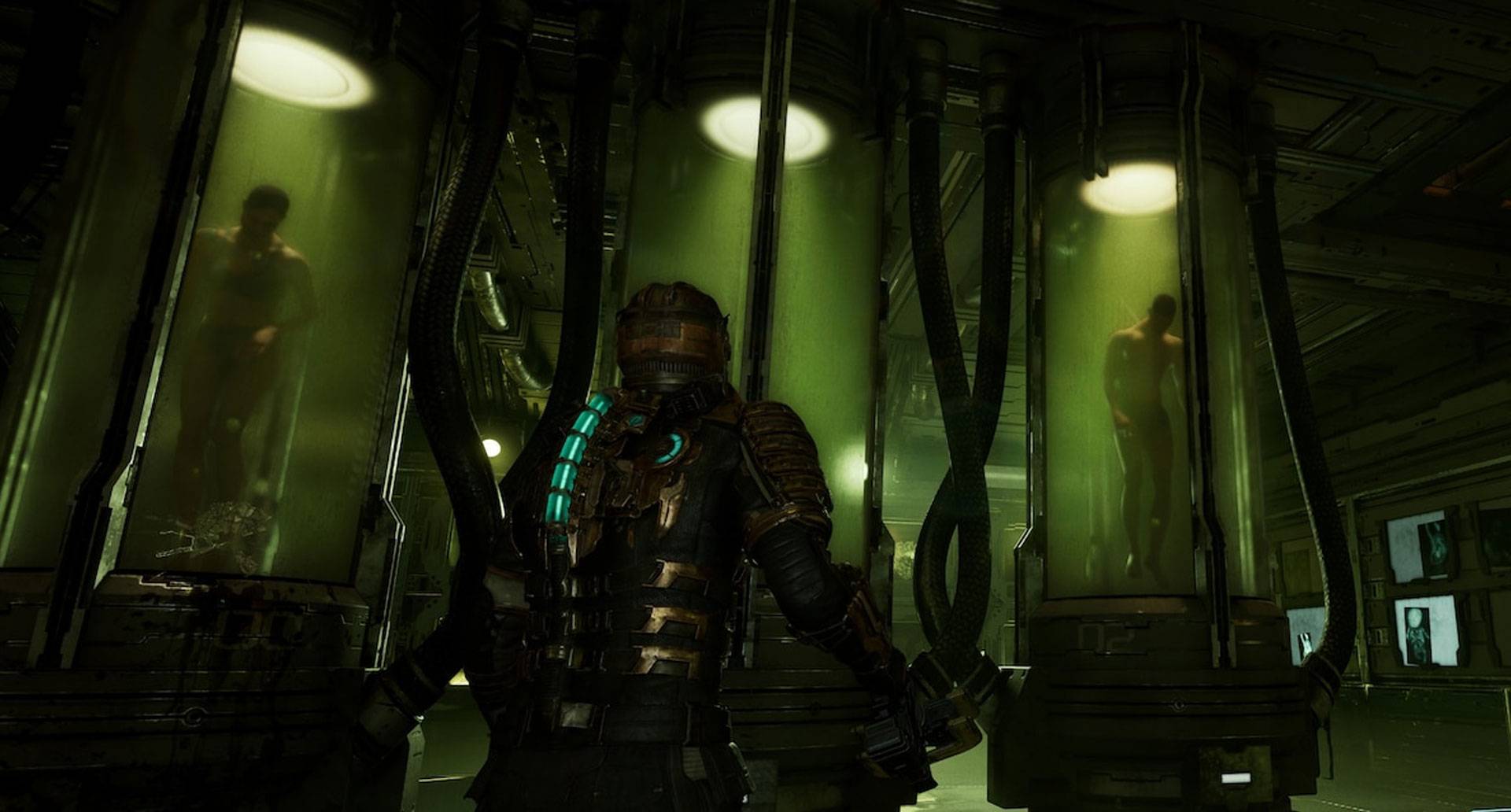
In addition, Dead Space Remake is played without any loading windows or other interruptions, keeping a more twisting and spiraling design of this deadly exploration.
The third-person shooting action stays unchanged, but the dated combat mechanisms have been given a major facelift with the addition of a new upgrading system and alternative firing. Due to the expansive nature of Ishamura, a brand-new locator tool comparable to that of current-gen games has been included to help you find your way around.
While Isaac's basic skills to jog, run, shoot, and use telekinesis are all there and accounted for, the improved connection between areas clearly shows how much farther the developers have taken the series. The 2008 original of Ishimura was designed as a 3D platformer, but the 2013 remake transforms it into a Metroidvania of incredible scope and intricacy.
In retrospect, it's natural to be overwhelmed by memories of Issac hurling himself into various walls in low-gravity circumstances in the original game. With Issac's newfound 360-degree freedom of movement, the game's formula of slicing through waves of Necromorphs has been spiced up with some new puzzles, albeit that doesn't mean you'll be safe from danger as you solve them.
A large number of Necromorphs will still launch themselves toward Isaac, forcing him to avoid them. As a result of the shift in gameplay mechanics, several previously worn parts of the story have been given a new lease of life.
The one real drawback to this new mobility feature is that the game's puzzles aren't always well explained beyond their original ideas, leading to a higher chance of becoming stuck and dying more on several occasions.

And that's not even the worst part since this situation is horrifying. Even though the level design mostly relies on a linear concept, there are still enough surprises to be found. At the beginning of the game, you will be able to observe areas that can only be accessed after the first level, and additionally, certain boxes will be sealed in this manner.
This makes perfect sense since certain inactive chests would mysteriously open later, often when the scenario required us to return to a deck we had already explored.
This way, you will know right away whether or not certain corridors or chest contains useful objects and whether or not it is worth returning to retrieve them. However, the map is now two dimensions instead of three, which is more legible and clearly indicates which rooms need greater access than others.
While advancing the journey, there are alterations in the courses and routes as well as in how you complete them; nevertheless, the things that have changed the most are the puzzles, the majority of which are entirely new. Circuit Breakers are one of the new puzzles requiring players to unlock doors by relaying electricity or power to certain doors.
However, since the power supply is limited, you will need to choose between turning off the lights or turning off the life support systems. Both of these scenarios are very intense; the first will leave you wandering about in total darkness, while the second will leave you struggling to stay alive as your oxygen supply runs out.
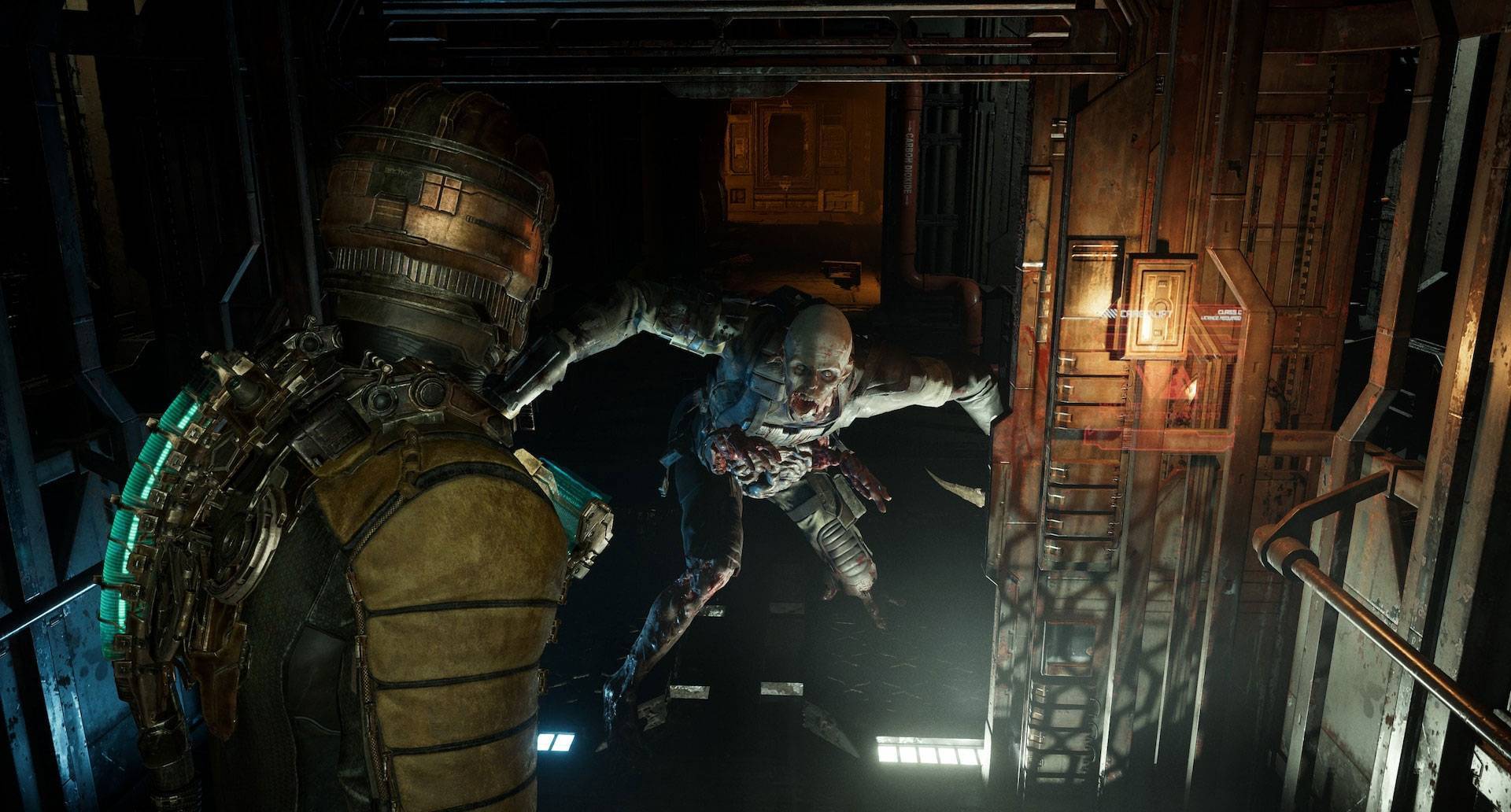
Thus, management of your limited resources becomes crucial throughout the journey, particularly when taking on more challenging tasks. It is also crucial to be aware of the nature of the necromorphs that stand before you and your current objective.
Because certain enemies are more defenseless to particular types of weapons, it is essential to have a good understanding of which vital parts of their bodies should be targeted to weaken them and compel them to move as slowly as possible.
To slow down creatures for improved aiming, you may use the stasis module, which must be charged using energy at stations or via unique inventory materials. You can make the creatures' movement across the floor a real chore by shooting off their legs.
Despite remaining the same as in the original game, the necromorphs are now more terrifying with an enhanced level of dread. Luckily you can preserve bullets by using your stomp attack after the stasis has taken effect.
This means the remake's action mechanism works similarly to the original. Minor aspects of the gameplay remain unchanged, except for the minor control scheme.
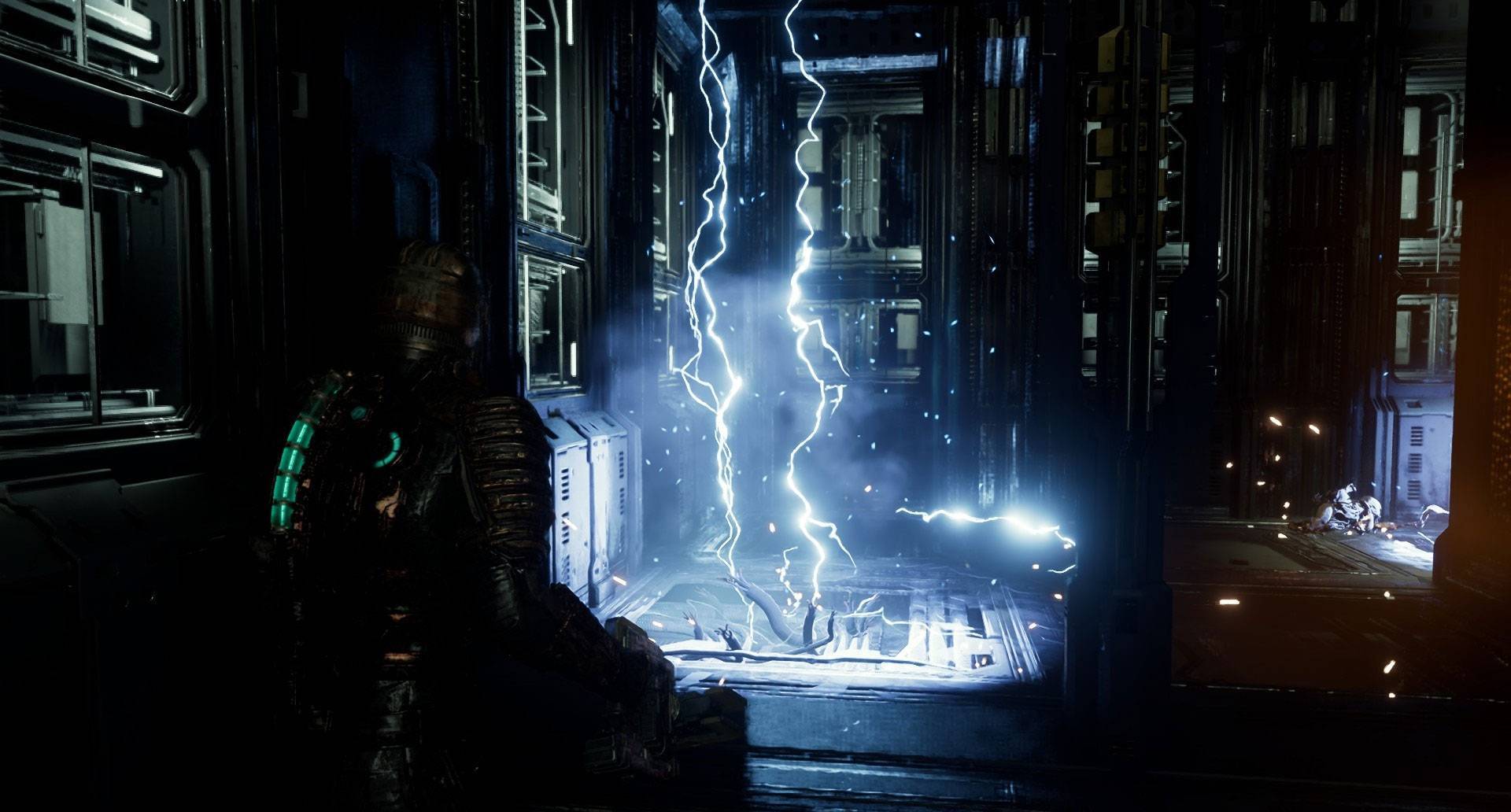
Isaac's renowned plasma cutter, which permits both vertical and horizontal shots, or your ripper's rotating blade, can be used to slice the creatures. To do maximum damage to them, you must cut off their legs.
This can be done using a combination of kinesis and stasis modules, as well as some melee attacks. Kinesis allows you to draw in and then hurl diverse things at the creatures, such as rotors from air conditioners, explosive barrels, or typically sharp-edged severed body parts of necromorphs. Stasis is even necessary for survival against certain very swift attackers.
Fortunately, you'll have access to a wide variety of weaponry, each of which may be upgraded to perform various tasks to deal with the necromorphs. You can find nodes all across the ship that can be upgraded with credits, giving you greater damage, increased ammo capacity, faster reloads, etc, to help you fight off these threats.
Power-ups in Dead Space Remake are more consistently spaced out, and Isaac's weaponry now has different special effects attached to them through new schematics.
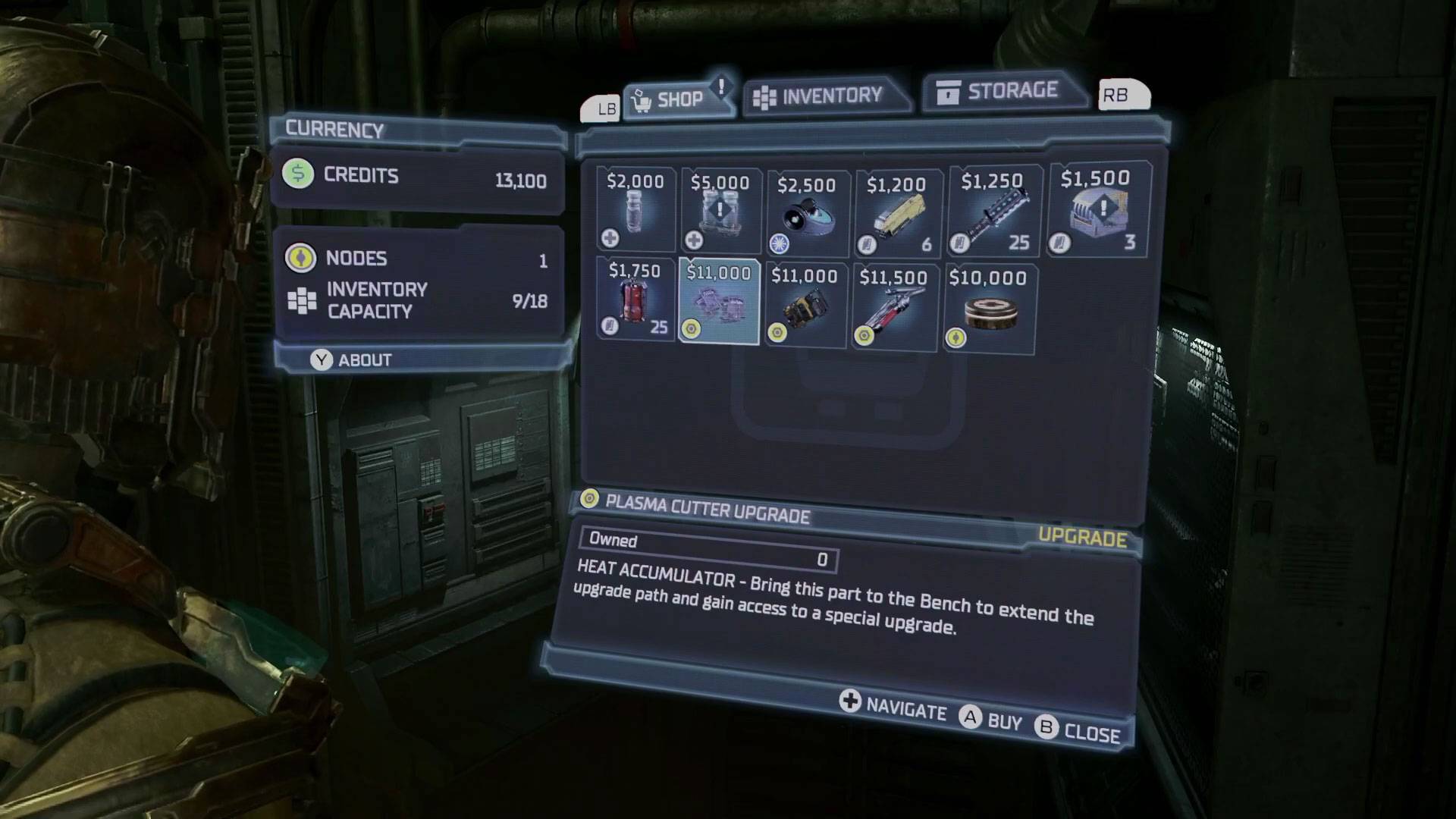
It's not going to be your typical third-person shooter, so don't expect that kind of gameplay. It is important to strategically eliminate threats to save ammunition. Each necromorphs type can be eliminated with any available weapon, but selecting the optimal one will maximize your efficiency and minimize your losses.
All weapons have a secondary fire that is frequently destructive, and extra stats may be unlocked by discovering particular plans. Along with improving the weapons, you'll also need to improve the armor and its abilities, which function similarly to skill points in role-playing games.
Nodes are found randomly or purchased from the game's in-game store to enhance both the rig and weapons. The nodes in Isaac's armor upgrading circuit indicate different attributes, and the circuit itself can be upgraded much like any other weapon in the game.
Despite its accessibility, even in the easiest difficulty mode, players will need all the aid they can get to complete the game. You'll have to strategically plan when and where to use your points and choose which circuit pathways to travel to get access to the data that most pique your curiosity.
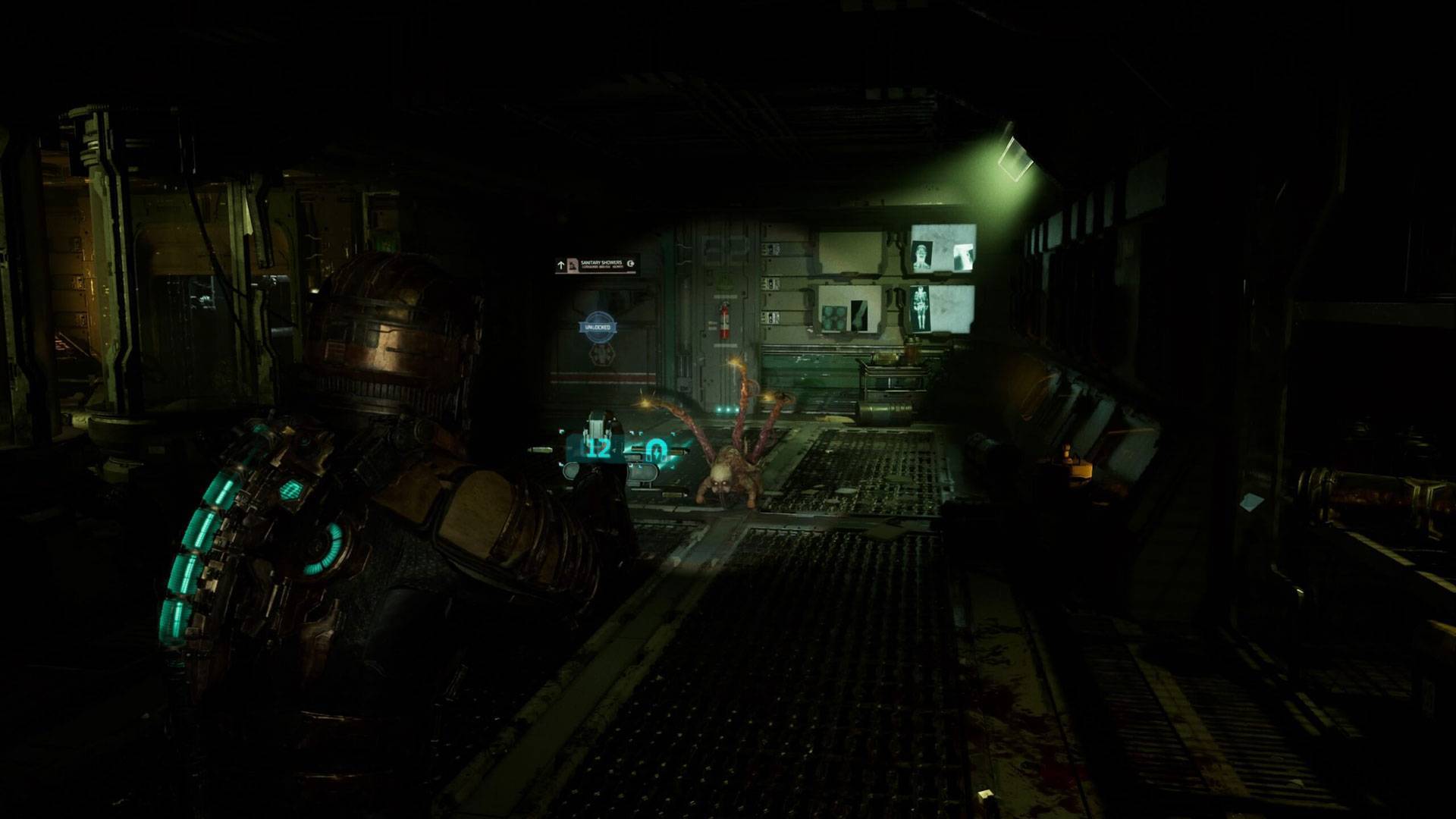
There have also been improvements made to the tram system, making it easier to use. Now, you don't finish a chapter just because you reach the last line; instead, finish them when you fulfill specific objectives.
The original's success with its user interface may be seen here in an almost unchanged form. However, several textures seem dated, and other models don't seem to have been updated for the current generation of games.
It's important to note that this version of Dead Space is not a remaster but rather a complete rework by the developers utilizing the Frostbite Engine. The guideline can be activated at any moment to show the way to the end goal.
Furthermore, it facilitates easy movement across a massive station. Further, at times of despair, it may be the only thing you're going to rely on.
Dead Space Remake has notably shifted its focus to side tasks. These quests often include a straightforward hunt for targets in various locations. In terms of the actual game experience, they are very unremarkable; nevertheless, they do aid in progressing the story and gaining access to some highly useful goods.
Many of the game's most challenging puzzles may be found in the zero gravity sections, putting Isaac's engineering skills on full display. Things like relocating tethers and rebooting communication devices fall under this category. The space flight itself is sheer enjoyment, and the updated brainteasers never drag on for too long.
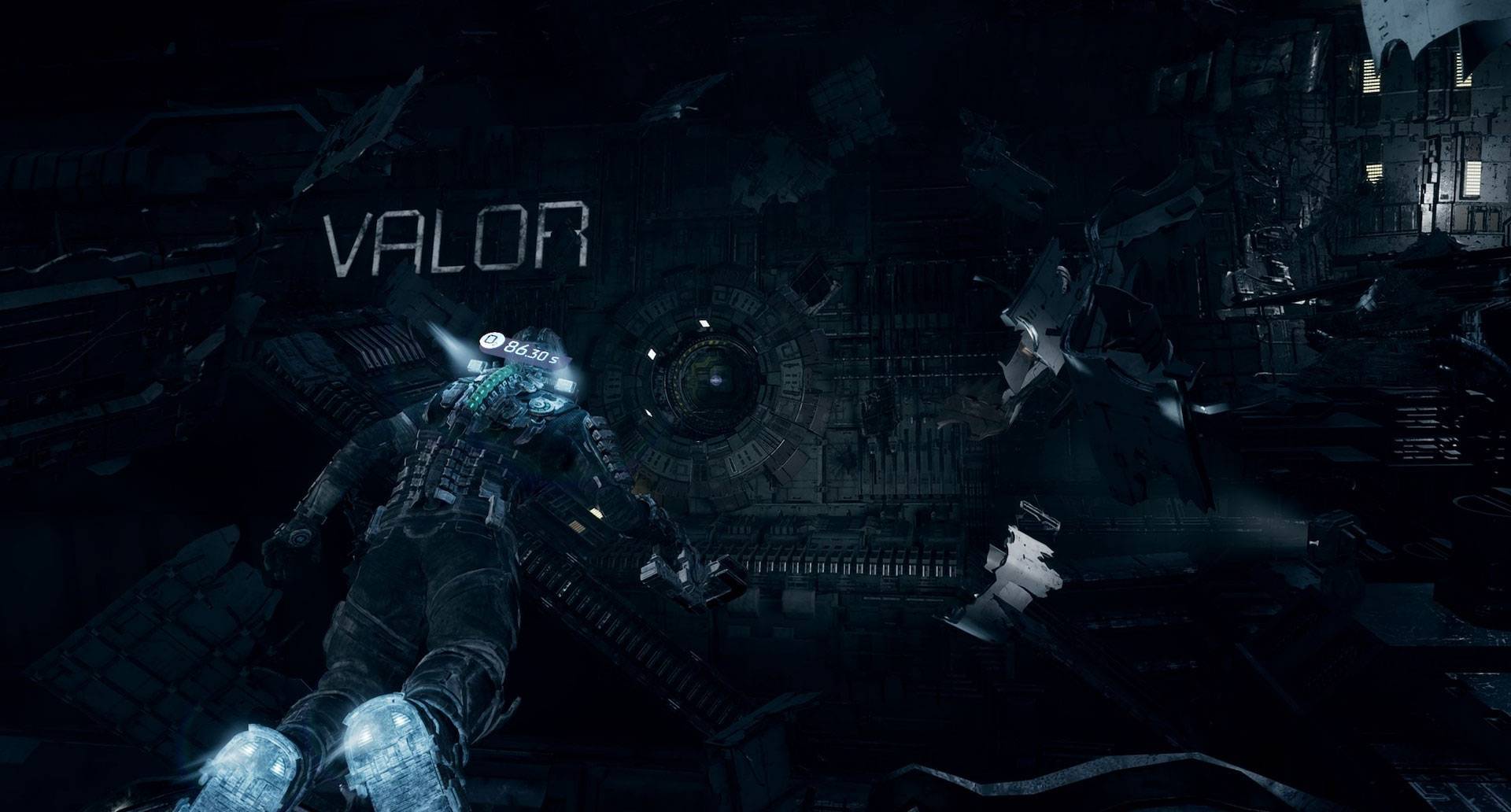
The new Zero Gravity physics, however is a huge step forward from the original Dead Space and the rest of the series. There is now a more natural and unrestricted feeling of movement in the zero gravity segments.
Given that they frequently provide brand-new playable sequences that are among the coolest in the game. One visible difference is the substitution of zero gravity areas for the ADS gun turrets seen in the original Dead Space.
The action takes place in outer space, where you must navigate hostile fire and space junk while manning your weapons. In addition to being an exciting spectacle in itself, the boss battle that takes place in this mission is the only one of the game's boss fights to have been altered from the one seen in the original game.
The redesigned Ishimura is more interesting to explore because of the additional layers of mood and setting. Nonetheless, the most impressive aspects are the generally first-rate light and shadow effects and the once again incredibly immersive aural background.
You can see the extraordinarily meticulous attention to detail that went into building the architecture of each corridor you explore and each necromorphs you encounter. Standard boss and mini-boss fights have been reworked with better physics to make the encounter seem more realistic.
The atmospheric settings take place in conjunction with the Intensity Detector, which is a monitoring device that determines the degree of tension and anxiety a player has while progressing through Dead Space.
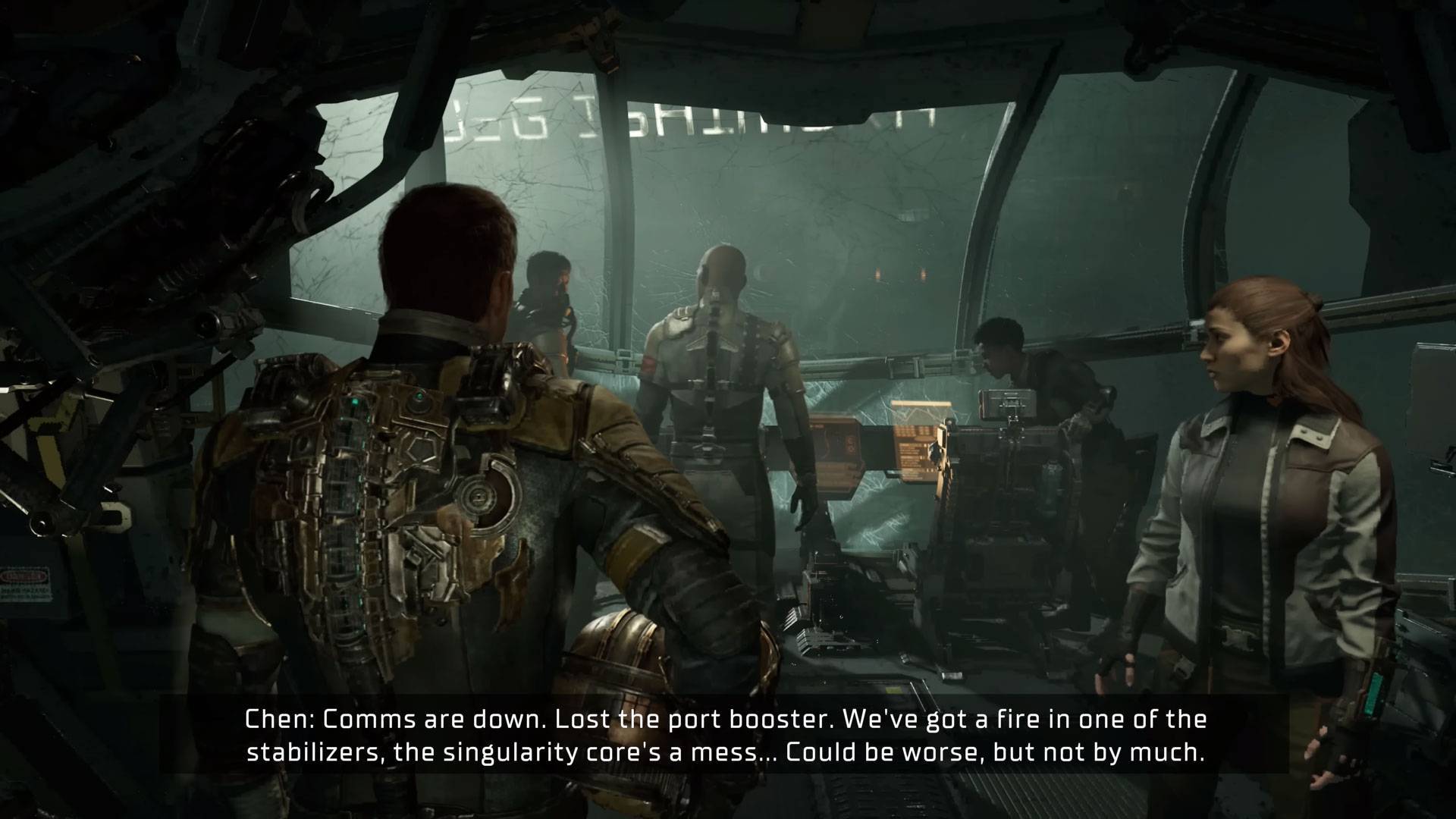
The Intensity Detector is an application that determines the level of difficulty by adjusting the frequency and severity of enemies encountered, noises heard, and visual effects are shown.
For instance, if you were assaulted in the last room you were in, the next area you enter could have the same noises, along with flickering lights, etc. Wearing headphones while playing the game will provide a far more realistic and terrifying experience, certain to have you jumping out of your seat.
Duration-wise, since you won't die too often in the first few hours of the game on normal difficulty, even with the additional contents, objectives, and more complex environments, the game can still be completed in 12–15 hours, depending on the route you pick.
The New Game+ feature in the Dead Space Remake allows you to carry over the progress from the previous game and start over with all of the previously acquired items and leveled-up equipment.
Even on the medium level, you'll get a real run for your money, making this game ideal for progressing to harder difficulties after a single try. Obviously, in all this, we shouldn't overlook the very expensive price tag of the remake, which might leave a sour taste in the mouths of many.
But, understandably, rereleasing Dead Space with updated visuals and gameplay mechanics is an expensive investment for a new AAA title, and it justifies the price tag in that context.
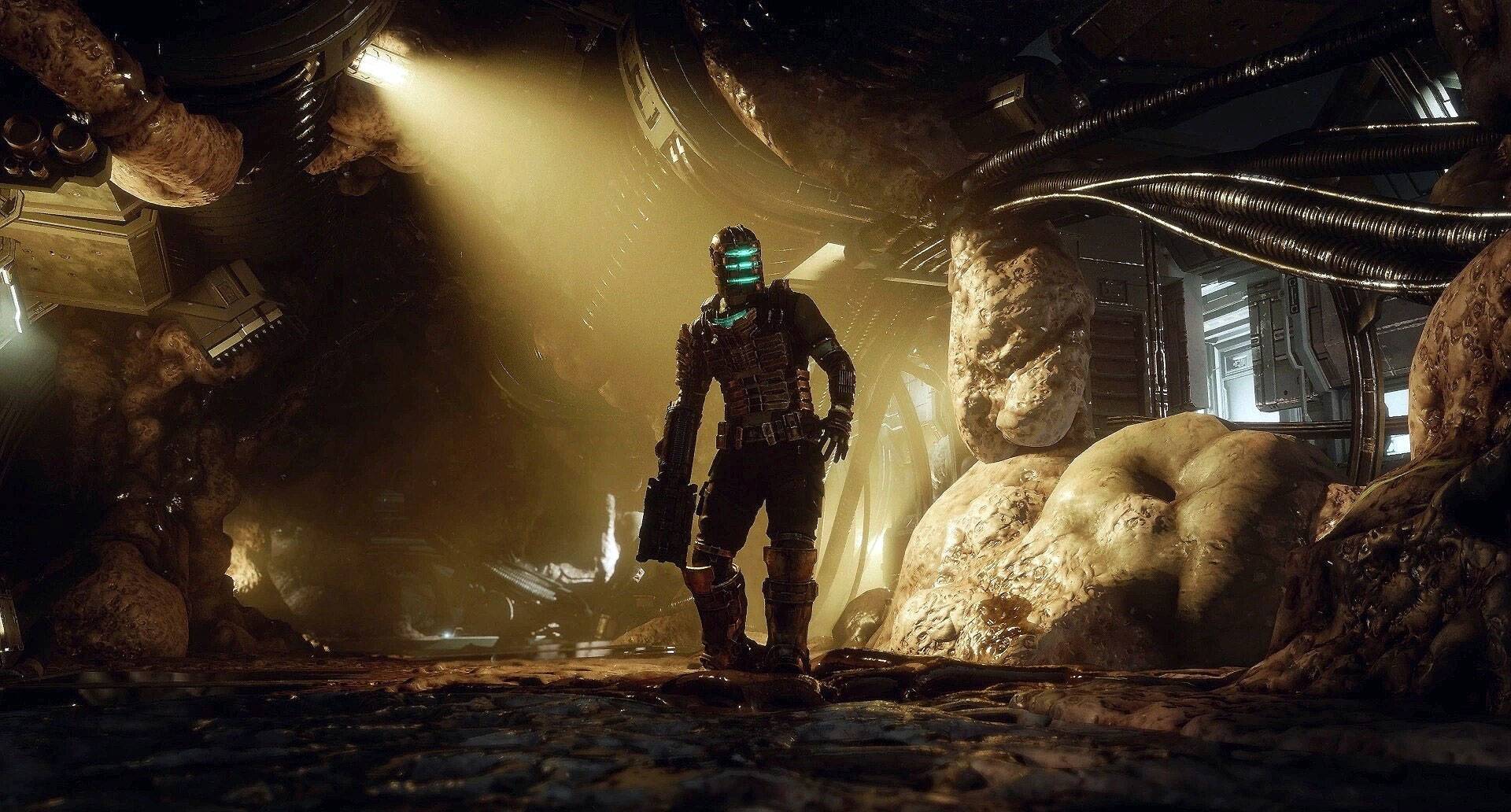
Dead Space Remake isn't simply a remake; it's a whole new experience. It's the perfect example of the horror genre at its finest. EA Motive showed to be capable, and they did a great job, adding to and improving the game without interfering too much with the gameplay or the plot. Clearly, the remake is superior to the original in every way even all the veterans will agree to that.
It makes no difference whether you're familiar with the series or not it takes you on an unforgettable experience if you are a fan of this genre, especially if you'd love a good scare. It's undoubtedly the most refined and improved version of one of the most terrifying games ever created.
Senior Editor, NoobFeed
Verdict
Dead Space Remake isn't simply a remake; it's a whole new experience. It's the perfect example of the horror genre at its finest.
98
Related News
No Data.

